Until fairly recently, it was standard practice for an eCommerce platform to manage all aspects of an online store – from front-end presentation to order processing to product management to payment processing and so on. With the emphasis on the product catalog, merchandising and order processing, content management very often took a back seat.
If you look at Magento, SAP CX or even Salesforce Commerce Cloud, for example, these are robust eCommerce platforms but they haven’t been geared up for non-technical staff to manage the creation of content pages, manage rich product content, create custom page templates and so on (even more so in the past). Even a blog would then generally be an additional system to maintain or would be powered by a cumbersome and unreliable third-party extension, offering very little in terms of proper functionality (around user management / roles, publishing workflows, media management, post types etc.).
Following years of struggle in this area and with lots of advances in core APIs and ease of integration of platforms, headless eCommerce has now emerged as a serious option for any retailer looking for improved content management capabilities. By decoupling the eCommerce engine (the eCommerce platform) from the front-end presentation layer, merchants who choose to go down the headless CMS route can enjoy faster and more flexible deployment of content (across multiple channels), with lower development overheads and fewer delays and frustrations associated with rigid, built-in platform CMS functionality.
A headless CMS is one route that allows for more agile and powerful content management, but lots of retailers do also adopt a headless approach with either a bespoke front-end or an existing, more developer-focused framework. This approach still provides the same benefits in terms of headless, but it doesn’t give the user as much control over the front-end or the same level of functionality around content creation etc.
What is a Headless CMS?
A headless CMS is a content management system that is used to manage and build content that is then made available via API. A headless CMS allows the user to create pages or manage different types of content that would then be made available and requested via another system or used to build. Contentful is one example of a headless CMS, and others include Prismic and ContentStack.
These platforms are increasingly being connected with an eCommerce platform (to pull in eCommerce content), used to create templates and build landing pages and then connected to something like Netlify to deploy the code. Some of the fastest implementations I’ve seen have also used Gatsby.js to generate the files. It’s worth noting that a headless CMS doesn’t need to be used specifically for pages and in-page elements. For example, our client Olivela currently uses Contentful just to manage their navigation (as well as a few landing pages), which can be seen below.

Contentful has made it easier to manage the different blocks and it provides a lot of flexibility for merchandisers to change layouts etc.
What is Contentful?
One of the solutions making waves in this area currently is Contentful, which is a feature-rich, well documented headless CMS solution. Contentful offers a cloud-based, API-first CMS solution that empowers retailers (and other enterprises – eCommerce is only a small part of their business) to manage their content in proactive and dynamic ways. Contentful is designed to be straightforward for both developers and end-users (publishers, administrators etc.) and the back-end is very intuitive, streamlined and designed for extensibility. Examples of big-name users of Contentful include Nike, WeWork and Spotify. Examples of eCommerce Contentful users include Staples, Charlotte Tilbury, Glossier and Impossible Foods.
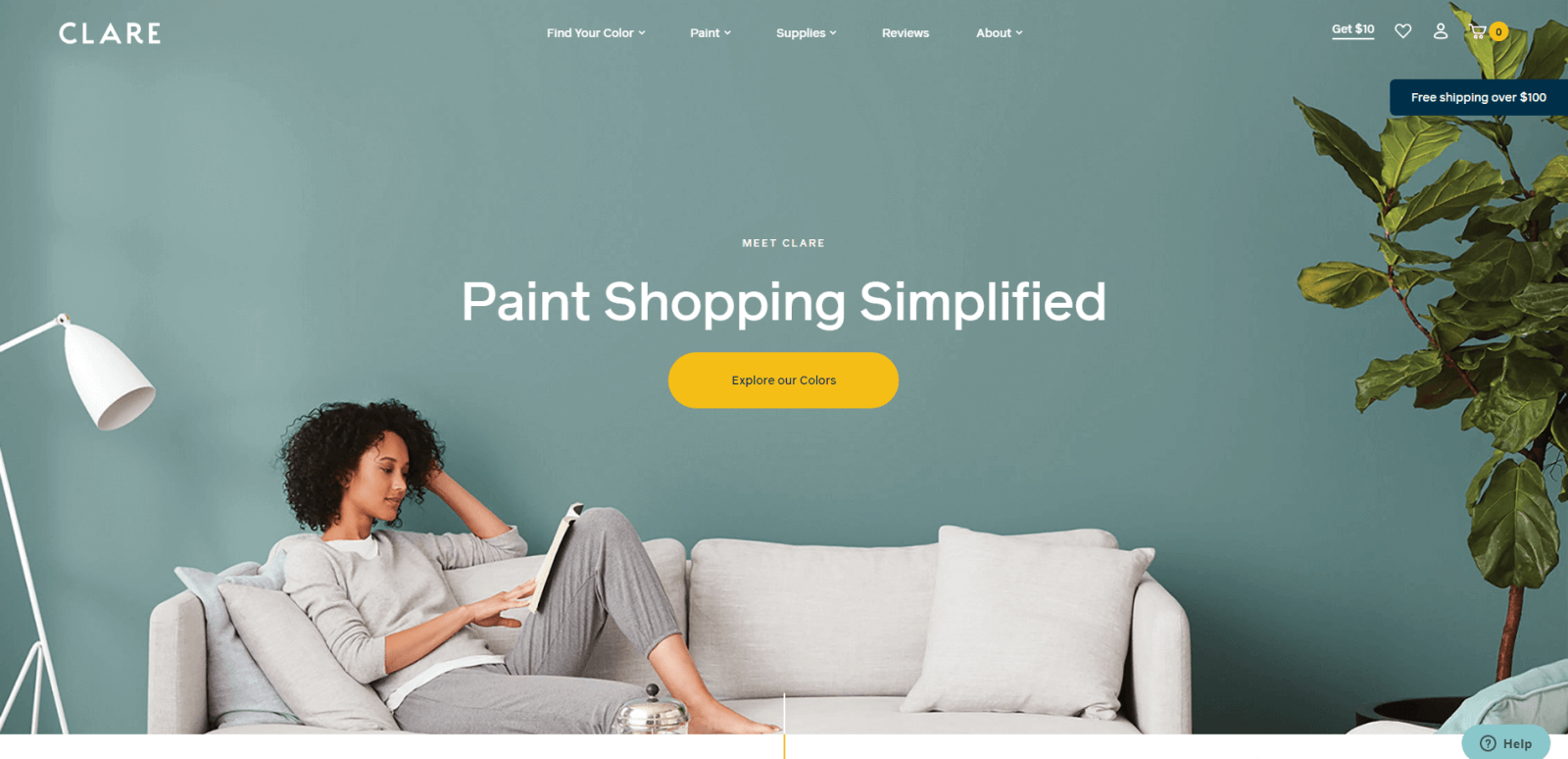
In this article, I’ll look at just what Contentful offers to eCommerce businesses and the benefits it offers over other solutions and approaches.
How does Contentful work with an eCommerce site?
Contentful, as part of a headless eCommerce stack, represents the presentation layer of that eCommerce stack – acting as a cloud-based, unified hub for all of the content, whether that is media assets, product descriptions, navigation blocks, product recommendations or PLP content blocks, for example. Data would be pulled into Contentful from an eCommerce platform, in both read and write directions, via API. You would initially define the different page templates as a set of fields, which would be assigned based on the types of content being pulled into the platform via the different APIs.
The admin user would then build pages and manage content across different eCommerce page templates via the back-end of Contentful, in a clean and modular way. Powerful user roles and access controls help workflow processes and ensure content integrity and security.
Which eCommerce platforms commonly work with Contentful?
- Shopify and Shopify Plus – Shopify and Contentful has become a really common combination, with lots of big names now using Contentful for the presentation layer and Shopify as the commerce layer. There is an existing base integration, which has helped to drive more demand around this and examples of retailers using the two systems include Staples, Clare.com and Koala.
- Elastic Path – Elastic Path is one of the most mainstream API-first commerce platforms and this platform would always use a separate front-end solution. Contentful has been combined with Elastic Path a number of times, including on the Charlotte Tilbury site.
- Commerce Tools – Commerce Tools is arguably the leader in the enterprise API-first commerce platform space, with recent client wins including Burberry, Moonpig, Bang & Olufsen and lots of others. This doesn’t seem to be a common pairing, but I’d imagine it will be at some point.
- Commerce Layer
- BigCommerce
- Magento
The benefits of using Contentful for retailers
Choosing a solution like Contentful brings many benefits to the table. One of the biggest advantages comes in development savings and reduced launch times. With a modular approach, smaller, one-off projects can be prototyped and launched in days, with much less testing and time needed around deployments etc. Development teams are also free to use whatever tools and frameworks they prefer, and are not constrained by any one technology. This might seem a little daunting on the face of it, but with Contentful, you essentially build a modular back-end for admin users to build out pages and templates as they wish, rather than needing to use developers for these kinds of tasks.
Marketers and merchandisers are therefore free to create more flexible and consistent brand experiences for their customers, without being influenced by the fear of ‘breaking something’. Having all content contained, updated and distributed through a central, separated hub brings a more flexible solution that moves away from complex eCommerce platforms.
Contentful’s comprehensive user roles and access controls mean that only authorised personnel have access to data, and then, only to the data they need, ensuring that the product catalog remains safe and secure, and different pages can be vetted before being pushed to the live environment. Contentful also allows for commerce functionality and can even allow for management of things like product recommendations, overlays, navigation etc.
Examples of eCommerce sites using Contentful
Contentful has picked up quite a few big name clients already, across all eCommerce platforms. Here are a few great examples of eCommerce stores that have chosen to adopt Contentful as a headless CMS.
Impossible Foods
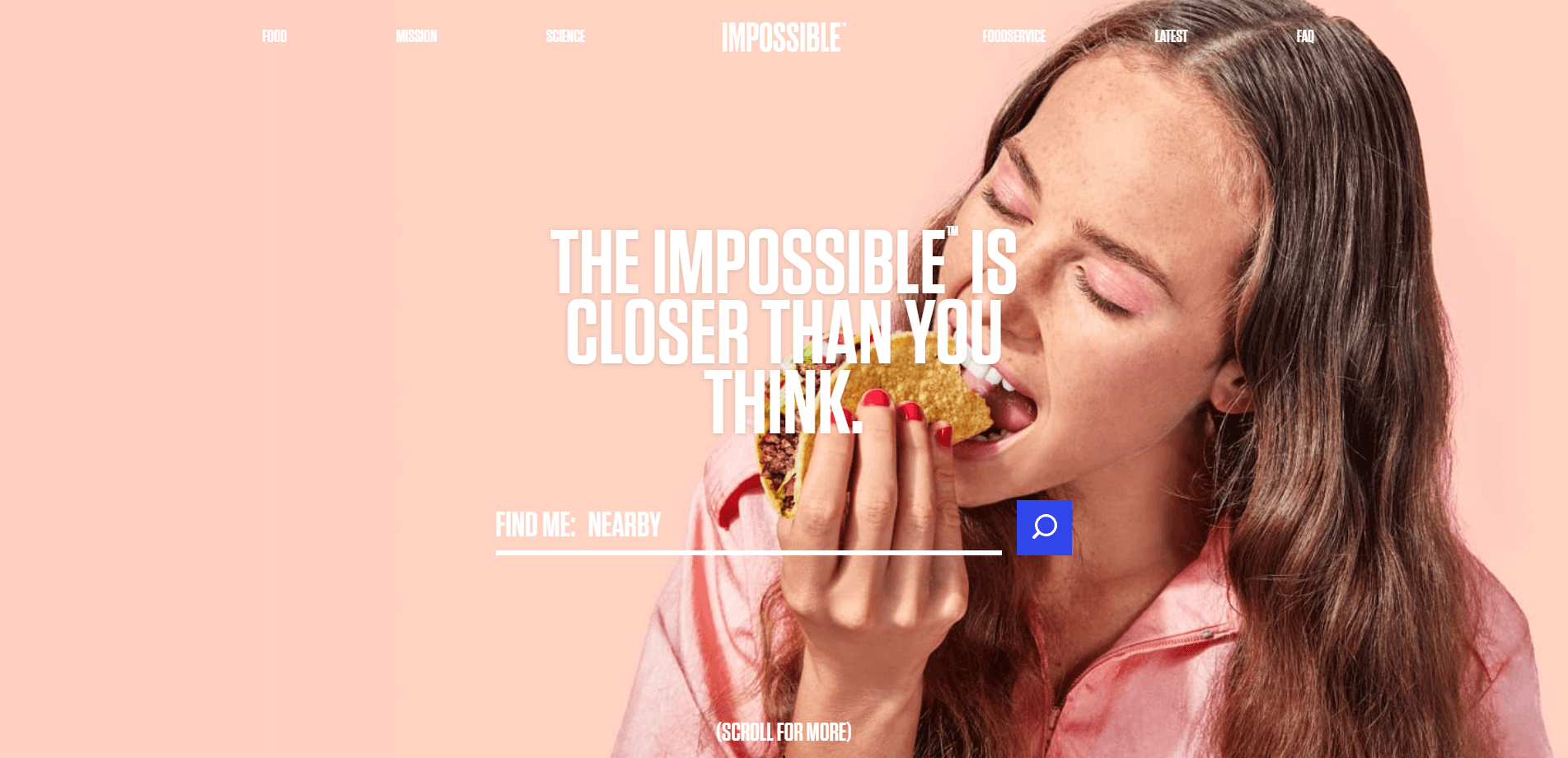
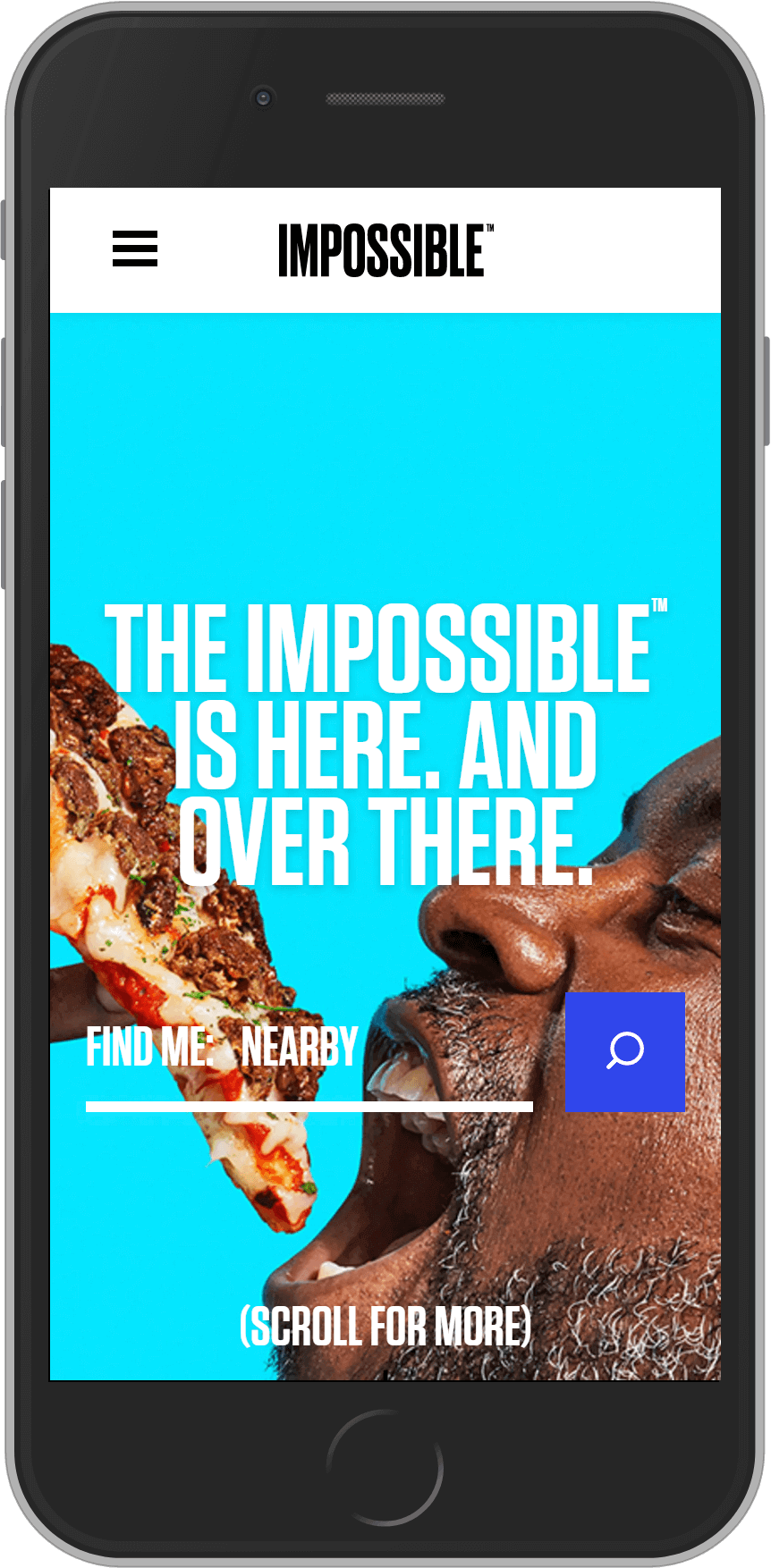
Mack Weldon
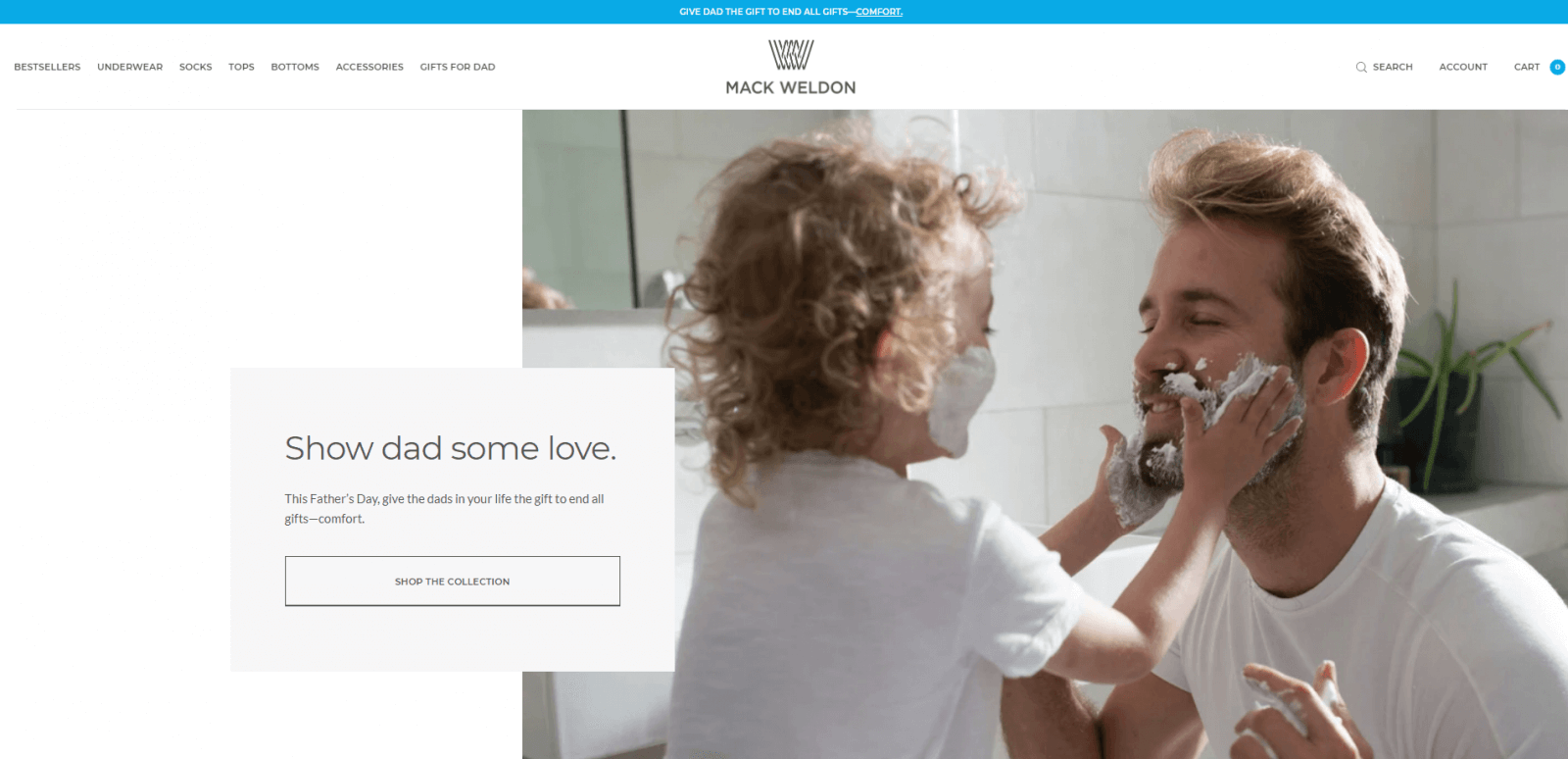
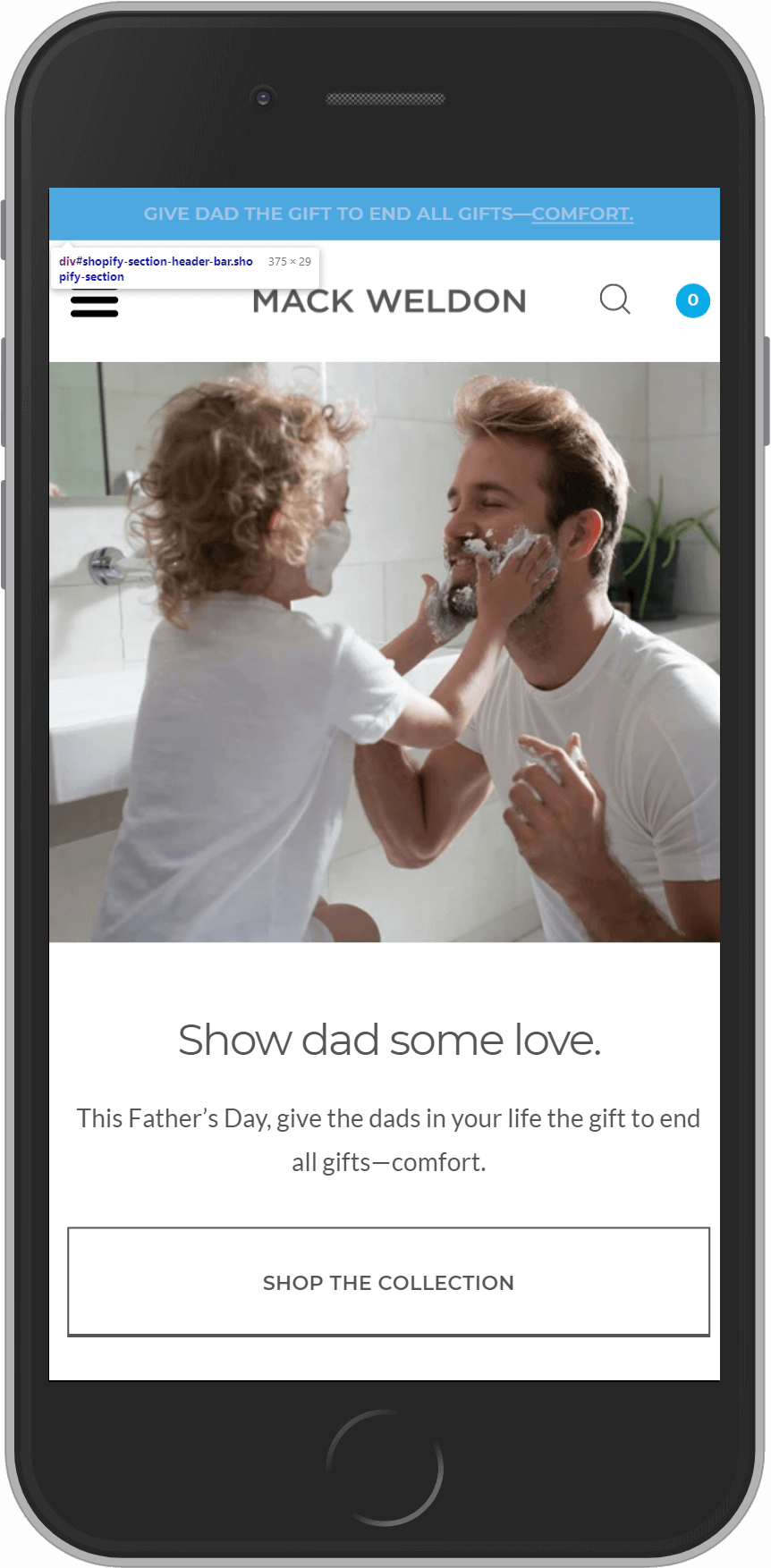
Glossier
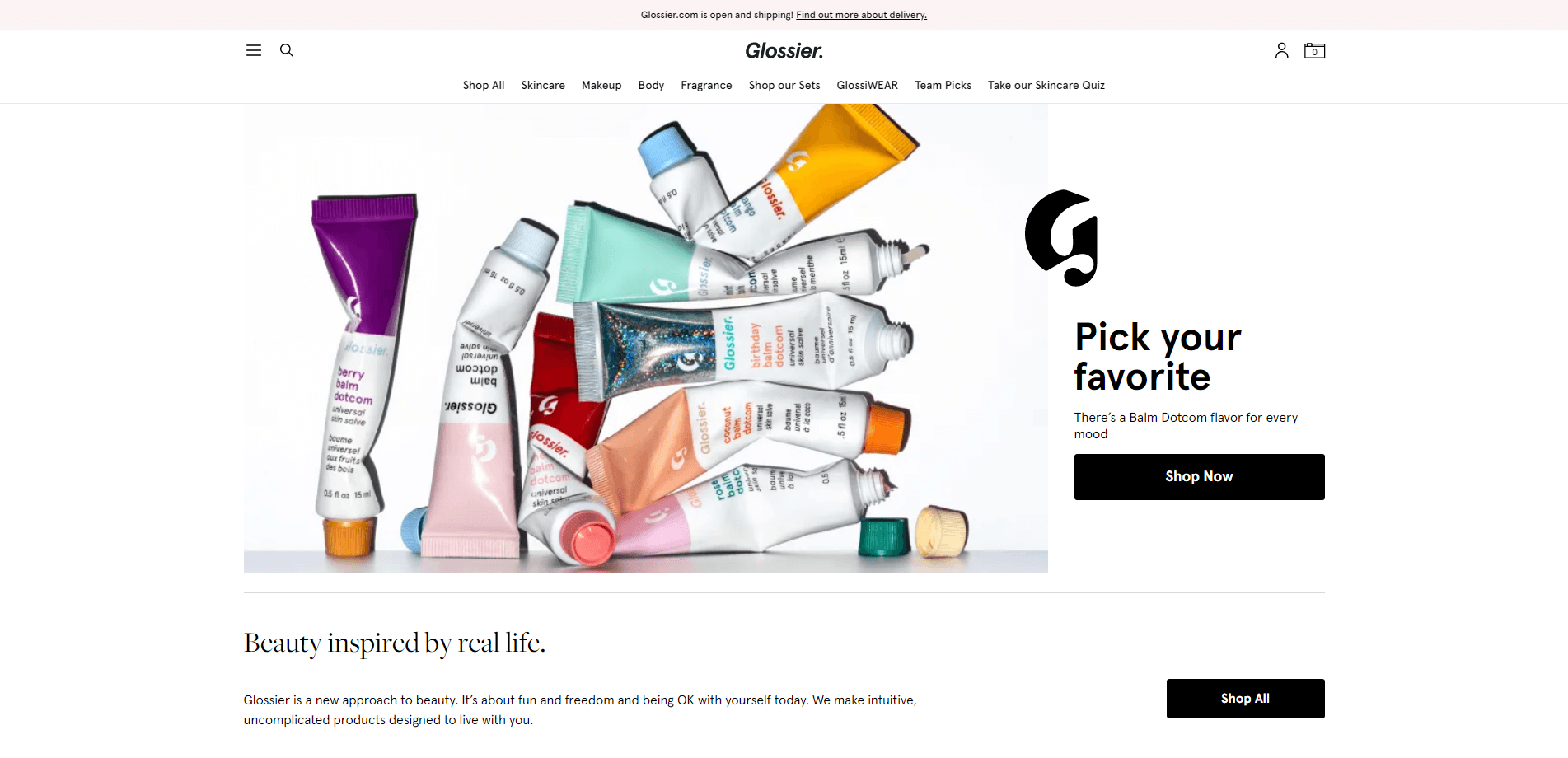

Yoga Girl


Beauty Counter

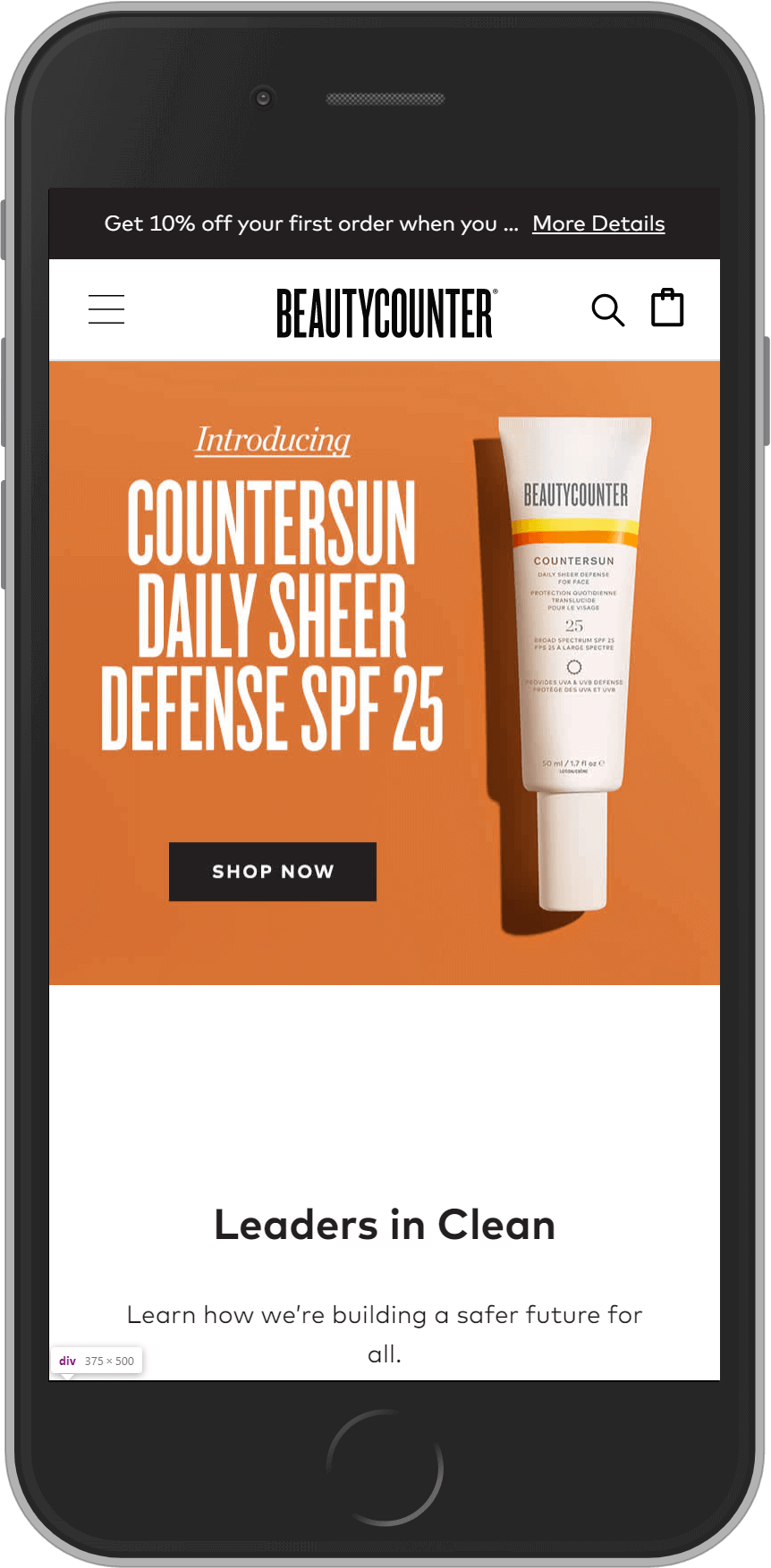
Charlotte Tilbury


Clare

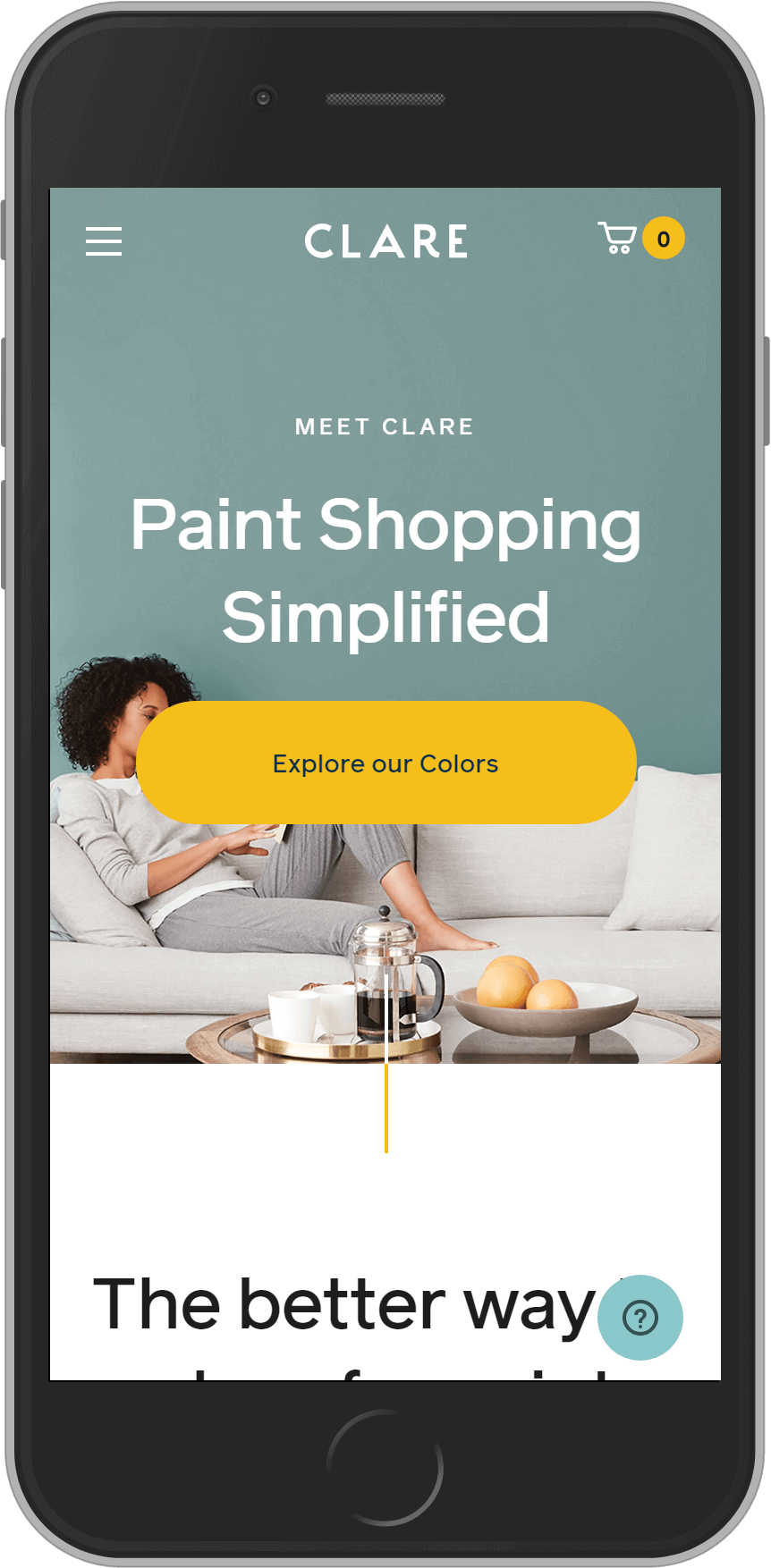
Grass Roots Coop


Verishop

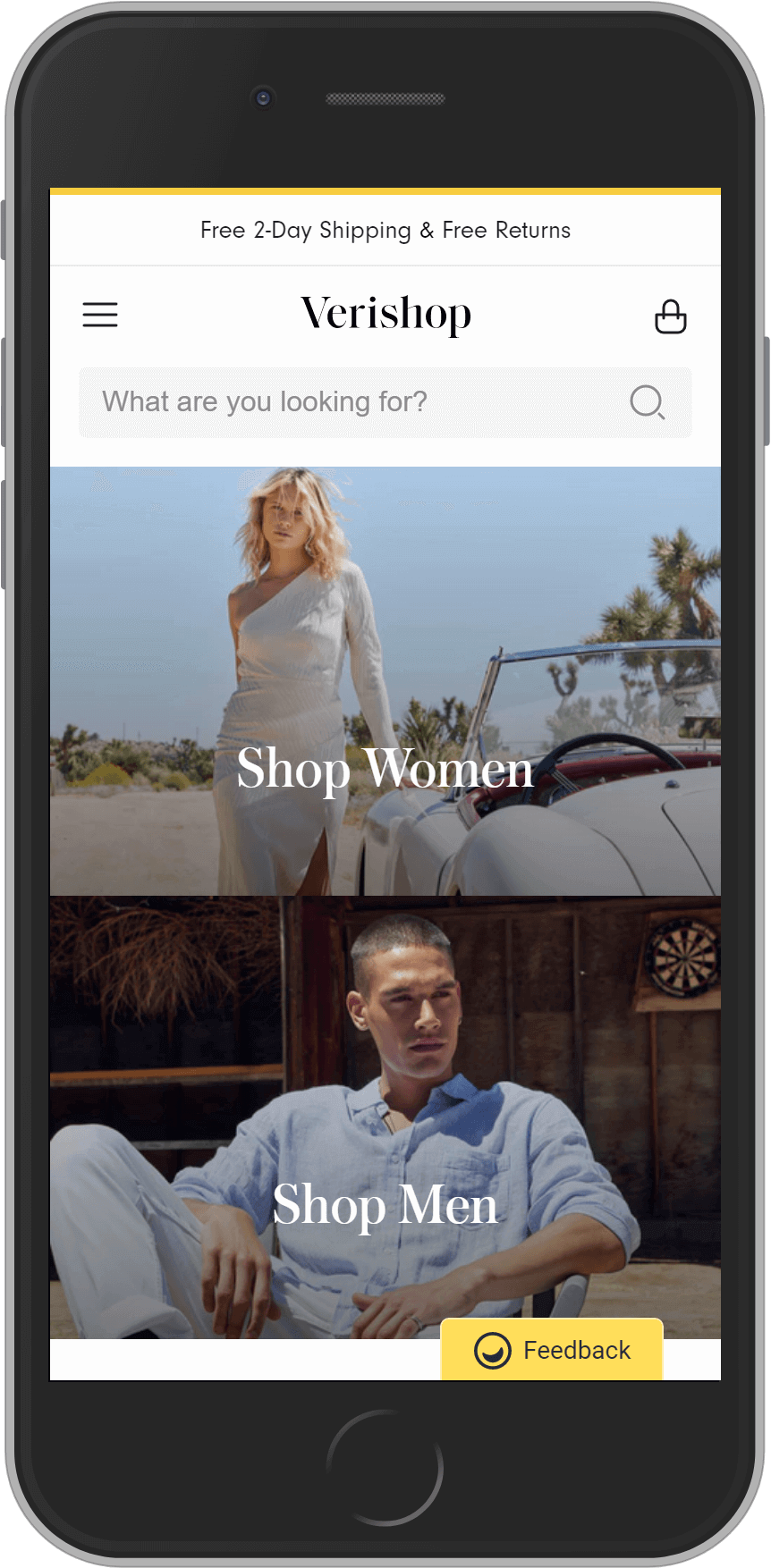
Kinsley Armelle

